The Annapurna Circuit trek is one of Nepal's most popular and renowned treks. It represents one of Nepal's most varied and beautiful tea house treks. The Annapurna Circuit trekking route explores the fascinating ethnic groups with their own language and culture. This route goes through a wide range of environments, from many rural villages and paddy fields to several subtropical forests, hills, waterfalls, and massive mountains. In addition, there are verdant woods with a wide range of flora and fauna.
This magnificent journey takes you to the remote and varied hamlets in the mountains, jungles, and snow-capped peaks. The Annapurna Circuit is a complete package that includes natural and cultural Nepal from lush vegetation to desert terrain.
The trek's highest point is Thorong La Pass, which stands at 5416 meters and passes through a stunning vista at the top of the pass. Climbing over the difficult Thorong La pass at 4,416 meters is no doubt demanding, yet it is worth the effort. Undoubtedly, the vista from the pass on this Annapurna Circuit trek in Nepal is breathtaking. The trek offers stunning mountain vistas of Annapurna I-IV, Manaslu, Macchapucchre, Dhaulagiri, and Tilicho Peak.
Every year, thousands of trekkers from all over the world travel to the Annapurna Himalayas to experience the beauty of the region's culture and diverse magnificent landscape. The scenery changes significantly on this trek, from subtropical forests to cone forests before culminating in the Himalayan desert. The Annapurna circuit trek allows visitors to go through both the Annapurna Himalayan Range and Dhaulagiri Himalayan Range at the same time.
You may witness the way of life, culture, and customs of various indigenous peoples. Wearing a sacred mask is an unforgettable experience. Its hospitality, pleasant attitude, and unique culture are inspiring. There will also be a number of Hindu/Buddhist temples along the route, as well as other Buddhist monasteries. The natural variety ranges from verdant, tropical rice paddies to moss-covered rhododendron forests. In addition, the Tibetan fortresses cling to significant natural diversity. Trekkers may encounter Hinduism and Buddhism's rich cultural mosaic by walking through the ecologically diverse terrain of varied topography.
As you climb higher, you may come across magnificent temples, prayer flags, sheer cliffs, and arid land with mysterious caves. There's also a chance of seeing uncommon animals like the Snow Leopard and Himalayan Thar. Each day offers a new adventure in the trek with its own set of difficulties.
Annapurna Circuit Trek Facts
|
Trek Name |
Annapurna Circuit Trek |
|
Trek Duration |
14 Days |
|
Trekking Region |
Annapurna Region |
|
Trek Starting Point |
Besisahar, Lamjung |
|
Trek Ending Point |
Jomsom, Mustang |
|
Highest point of the trek |
Thorong La Pass (5416m) |
|
Difficulty Level |
Medium to Strenuous |
|
Accommodation |
Teahouses and Lodges |
|
Best season to trek |
|
|
Permits |
|
Best Season to visit the Annapurna Circuit Trek
Trekking to the marvellous and mesmerizing Annapurna Circuit and Tilicho Lake trail is one of the worthy experiences that you are going to reminisce about for your lifetime. It takes you to the beautiful valley of Manang, Mustang, Jomsom, and Tatopani as well as the most exciting part about this trail is that you will explore the lake situated at the highest altitude which is the Tilicho Lake and will also get to cross the majestic Thorong La Pass which is situated at an altitude of 5416m.
A wonderful memory of your trip will be the warm welcome you receive from the locals and the picturesque landscape that awaits you on the Annapurna Circuit Trek. The fascinating customs and cultures that you are going to encounter during your beautiful Annapurna Circuit Trip will without a doubt be well worth it.
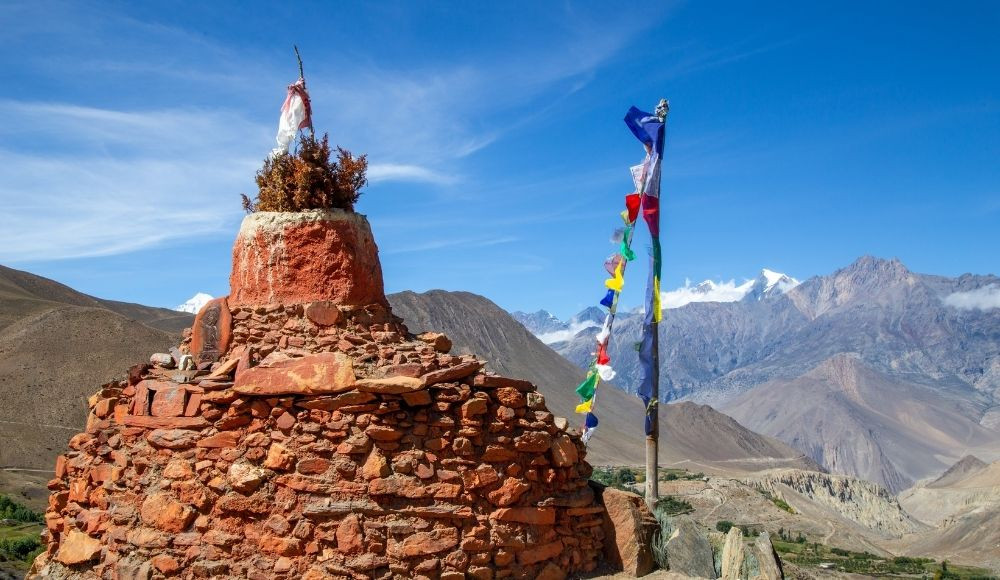
You will undoubtedly be wary and enraged at times. However, you would not want to return home after seeing the Annapurna Circuit grow more fascinating with each passing day. The natural beauty of the region will entice you in such a way that it will be cherished in your heart.
In order to experience all of these precious gems on the Annapurna Circuit Trail, you'll need a suitable time when everything is perfect. Of course, one of the first things to consider is the weather and season. Furthermore, if you want to visit the Annapurna Circuit in order to experience the wonderful and distinctive festivals that occur there, do so during the different festive seasons when locals celebrate them with great enthusiasm and ceremony. During the festive seasons, trekkers from all around the world visit the circuit to witness and explore the stunning decorations of the Annapurna Circuit.
Spring and Autumn are the best seasons to visit Annapurna
The Spring and Autumn seasons are the best times to visit the Annapurna Circuit trek, according to visitors. These are the optimum seasons for trekking the Annapurna Circuit Trail since they are when the weather is most pleasant to travel in and of course, these are also the peak seasons.
In this period, you'll notice the circuit's beauty at its peak as the weather will be clear, with a lovely sky blue color and blooming floras along the route in spring. The trekking routes will not be slippery or difficult. You may stroll comfortably around the loop and create an unforgettable experience.
It is not that you cannot travel the Annapurna Circuit Trek in other seasons. Of course, you can. But you have to apply certain precautions, carry some extra protective gear, and prepare yourself for your trek. Adventure seekers go on off-seasons rather than during the peak seasons since there are fewer trekkers on the trail at that time, allowing them to discover the Annapurna Circuit and its surrounds alone. One of the benefits of going during the off-season is that accommodation and other basic services are much less expensive than during peak season.
However, owing to the fact that there is a lot of rain during the rainy seasons, the pathways become slick and murky. Continuous rains may make the journey difficult, so the trekkers must be extremely cautious while trekking in the rainy or monsoon season and wear all of their required protective equipment.

The Annapurna circuit trail is one of the most scenic treks in Nepal. The snowfall varies from time to time, but this trek may be somewhat challenging and difficult during the winter season due to the fact that it passes through high elevations on Annapurna Circuit Trail where there may be continual snowfall owing to its higher altitude and it might be very difficult to ascend and sometimes impossible to ascend up. During this season, many locals close down their teahouses owing to the harsh and insufferable cold. As a result, it is critical to be cautious throughout this time of year.
Furthermore, these are the fundamental outlines that provide instructions on when to go on the magnificent and thrilling Annapurna Circuit Trek, and you may adjust your journey depending on when you want to see the route.
Modern 14 Days Annapurna Circuit Trek Itinerary
|
Days |
Places to be covered |
Distance |
|
Day 1 |
Arrival at Kathmandu. |
|
|
Day 2 |
Drive from Kathmandu to Besisahar. |
176 km |
|
Day 3 |
Drive from Besisahar (820m) to Dharapani (1900m). |
45 km |
|
Day 4 |
Trek from Dharapani to Chame. (2710m) |
15 km |
|
Day 5 |
Trek from Chame to Upper Pisang. (3310m) |
14 km |
|
Day 6 |
Trek from Upper Pisang to Manang. (3540m) |
15km |
|
Day 7 |
Acclimatization in Manang. |
|
|
Day 8 |
Trek from Manang to Yak Kharka. (4050m) |
9.5 km |
|
Day 9 |
Trek from Yak Kharka to Thorong Phedi (4450m). |
7 km |
|
Day 10 |
Trek from Thorong Phedi to Muktinath (3800m) via Thorong La Pass (5416m). |
14 km |
|
Day 11 |
Trek from Muktinath to Jomsom (2720m) |
18 km |
|
Day 12 |
Drive from Jomsom to Pokhara (822m) (Optional Flight) |
160 km |
|
Day 13 |
Drive from Pokhara to Kathmandu (1400m) (Optional Flight) |
210 km |
|
Day 14 |
Departure |
Annapurna Circuit Trek Difficulty
“Consider the view from the top when everything appears to be an uphill battle.” It's clear that trekking encounters difficulties since we can't taste the great and wonderful view that awaits us at the top unless we struggle. Annapurna Circuit Trek is also accompanied by challenges due to its moderate to strenuous nature, as one must have a strong will to reach the circuit's highest point, the Thorong La Pass (5416m), and Tilicho Lake (4910m), which is the lake at the world's highest altitude. These accomplishments are well worth the challenges you face on the Annapurna Circuit Trek. Even though difficulties surface, you must fight them gradually and steadily, which will follow you on your journey throughout the magnificent Annapurna Circuit.
The following are some of the significant reasons which occur during the Annapurna circuit trek and make it difficult:
Inclement Weather Conditions
Inclement weather condition is the term used to describe hazardous or undesirable weather situations for outdoor activities.
In addition to the various sorts of weather that can occur, there are also many ways in which they might manifest. Because of the numerous variations in stable weather, an inclement weather condition inhibits a flawless and exciting journey. The climatic situation is ever-changing, and it will never be the same. Sometimes, owing to inclement weather conditions, such as continuous snowfall for many days, it may be difficult to reach the higher altitudes of the Annapurna Circuit.

Sometimes, it is possible that there will be continuous rainfall, making the paths hazardous to walk on since they'll be slippery and damp. Trekking should be done when the weather is favourable, otherwise, it might result in severe consequences and may put people's lives at risk.
- When the area is exposed to inclement weather, it might be difficult to see the trails, which can lead to several critical issues and accidents.
- Hailstorms, snow blizzards, and avalanches can also occur due to inclement climatic conditions which are very risky.
- Due to very wet and cold conditions, sickness can occur.
Himalayan Cough
The condition known as Himalayan Cough occurs when a traveller goes higher up and the continual occurrence of a dry cough persists in an individual. As the altitude continues to rise, so does the dry cough, mirroring it. It takes on a fierce form and occasionally results in a severe dry condition and regular and excessive discomfort in the neck's inner region.
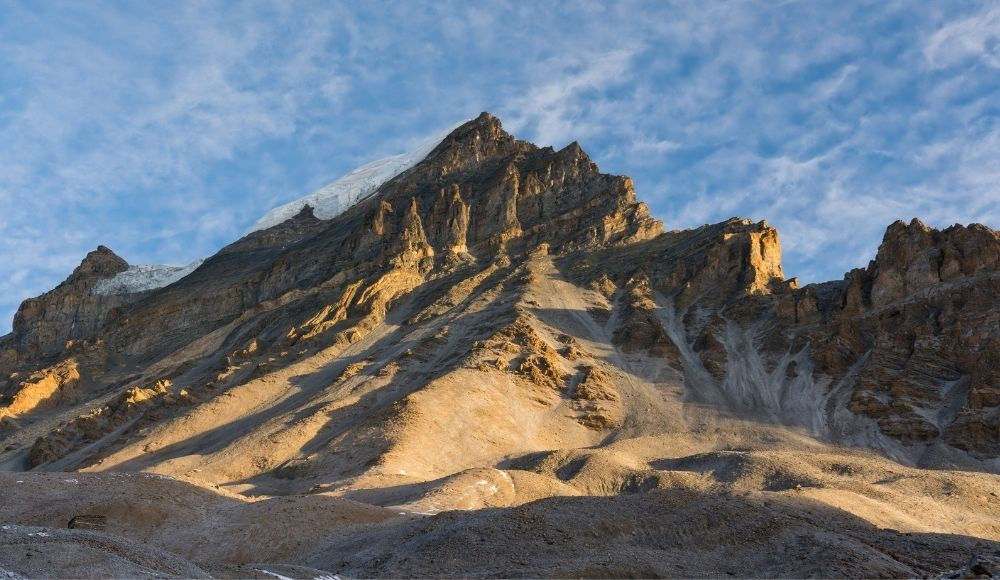
At the higher altitudes, it is one of the most typical issues. The most severe case of the Himalayan cough can be caused by furious and prolonged coughing, in which the chest muscle can also be shredded. It's so powerful if you push yourself to your limit. So, proper precautions should be taken and you should make yourself as warm as possible while going to the higher altitudes.
Altitude Sickness
Altitude Sickness is the most common condition which occurs at a higher altitude. It is the condition in which there is reduced air pressure and a lower level of oxygen at higher altitudes. If you start to ascend very fast, then altitude sickness will emerge. Mild altitude sickness almost occurs to everyone who is ascending to a higher altitude. The symptoms of mild altitude sickness are:
- Persistent Headache
- Loss of appetite
- Nausea
- Vomiting
- Dizziness or lightheadedness
- Frequent fatigue or tiredness
- Dehydration
- Lack of Sleeplessness
When the condition worsens, two severe conditions of altitude sickness occur which are as follows:
HAPE (High Altitude Pulmonary Edema)
It is the condition where there is excess fluid accumulation in the lungs which causes restlessness even while resting and the following symptoms occur:
- Dry Cough
- Nose Bleeding
- Shortness of Breath
- High temperature of body
- Chest tightness and feeling suffocated
- Rapid Heart Rate (Palpitations)
- Congestion
- Swelling
- Fainting
- Nose Bleeding
HACE (High Altitude Cerebral Edema)
It is the condition where there is excess fluid accumulation in the brain which results in severe brain swelling. The following symptoms occur:
- Hallucinations
- Loss of consciousness
- Fever and Fatigue
- Photophobia (eye discomfort in bright light)
- Hypertension
- Confusion
- Showing violent behavior
- Coma
- Lack of coordination which may lead to inability in walking
- Shortness of breath
In order to prevent altitude sickness and if it persists, then following actions should be taken:
- First and foremost, descend towards the lower altitude.
- Acclimatize. (Be familiar to the local climate at the higher altitude by taking a rest and acclimatizing day.)
- Do proper breathing exercises. You can practice yoga and meditation which will help in calming the mind.
- If you are ascending, ascend at a slow pace.
- You are advised not to consume alcohol and smoke cigarettes as they cause additional respiratory problems.
- Use proper medication for altitude sickness such as Acetazolamide and Dexamethasone as per the prescription of the doctor.
- Hydrate yourself sufficiently. Frequent hydration is very important to maintain the energy in the body while trekking.
- You can also carry garlic and ginger along with the medicines as they help reduce altitude sickness.
Health Issues
Another significant issue that disrupts a pleasant trekking journey along the Annapurna Circuit is different health issues and illness. It causes inconvenience for people who don't have good health or whose health prevents them from climbing to the peak of the Annapurna Circuit trek.
The Annapurna Circuit Trek is a medium to strenuous trek that demonstrates that the paths are not as easy as they appear, and that a proper level of physical strength is required. Those with poor health should not attempt to ascend above 2,500 meters on the Annapurna Circuit Trek. Because we all know, "Prevention is better than cure."

If the health condition deteriorates more and more on the Annapurna Circuit, it might result in a variety of negative situational circumstances, as well as the demise of a person.
Trekking Difficulties
While trekking the Annapurna Circuit, one of the next significant obstacles that might be encountered is the trekking difficulty. The majority of beginning trekkers will encounter while ascending to higher altitudes on the Annapurna Circuit. They may run into issues like walking speed, acclimatization, and maintenance requirements according to local weather conditions.

It might be tough in certain areas, such as the dangerous landslide regions, to trek swiftly because many trails on the Annapurna circuit are challenging. For the more experienced, it may not be too difficult; but for novices, it is tiring. It is really important to take care of oneself in these areas as they contain slippery trails and you are in high chances of falling in any accident.
The Annapurna Circuit is a long trek that follows ancient trade routes, and it offers spectacular views of the Himalayas. Because of the various climatic conditions encountered along the route, visibility may be poor, the trails might be covered with a lot of snow in the winter, and landslides and treacherous paths are always a hazard.
As a result, you'll need to bring adequate trekking equipment, avoid adding excessive weight on your backpacks and properly acclimate yourself in order to have an enjoyable and memorable journey along the Annapurna Circuit.
Problems that arise due to insufficient gear
Proper and effective gear carried onto the trek also plays a major role in a convenient and hassle-free trek. It is advised not to carry excessive gears but necessary gears needed should be mandatorily carried so that the trekking experience will not be a dreary one. If you are trekking the Annapurna Circuit during the Monsoon season, then you need to essentially carry the raincoat and other rain-protective essential types of equipment to save your mobile and other technical devices from being damaged.
Trekking pole is must-have equipment to carry and use. If these gears are not present during the monsoon season while ascending the Annapurna Circuit, then it is going to be full of many difficulties including numerous slips on the slippery trails, and can also lead to some major accidents.
In addition, in the winter season, special precautions must be taken since there may be a lot of snowfall and the weather may be bitterly cold. The trekking of Annapurna Circuit in the winter season may become unpleasant due to a lack of appropriate gear and apparel, as well as potential injuries.
In addition to these seasons, insufficient gears might cause problems while trekking in the best times of the year too, such as spring and fall. As a result, these issues must be considered and remembered. For detailed information on trekking gears and things that you might need to carry during the trek, visit Nepal Trekking Gear Checklist.
Trail Conditions
Adverse trail conditions while trekking is one of the significant and major problems, with several causes. Sometimes, due to extreme conditions like heavy rainfall and snowfall, natural consequences such as avalanches and rockfall can occur.

The condition of a trail has several components, and each is critical in maintaining the trek's integrity. The first is exploration and preparation. Extraordinary exploration skills are required on the treks, which may prevent people from facing difficult and dangerous circumstances while ascending the Annapurna Circuit Trek. Understanding the landscape of the trail clearly and weather patterns can assist the trekkers in making the decisions that will minimize their chance of becoming lost.
The trail conditions are especially important in determining how easy, moderate, or difficult the journey to the Annapurna circuit will be. The trails are certain to be difficult as the Annapurna Circuit trek is a moderate to strenuous journey, and it will take a high level of perseverance to reach the highest altitude of the Annapurna Circuit Trek, which is Thorong La Pass (5416m).
Despite the various obstacles, many trekkers are eager to visit the Annapurna Circuit region. One of the main concerns throughout the journey is altitude sickness, which may be prevented by getting appropriate physical training before departure and by also increasing the duration of the acclimatization.
Acute Mountain Sickness (AMS)
Acute Mountain Sickness is a common type of high-altitude sickness which occurs in more than one-fourth of people traveling above 3500 m. The prevalence of AMS increases with the increase in altitude. Most of the trekkers feel the Acute Mountain Sickness (AMS) while ascending towards the higher altitude of the Annapurna Circuit Trek.
AMS can be defined as the health effect of high altitude, caused by rapid exposure to low amounts of oxygen. It is also one of the types of altitude sickness.
Altitude Mountain Sickness (AMS) happens due to decreasing level of oxygen and dipping air pressure usually after gaining 8000 feet altitude.
The symptoms of Acute Mountain Sickness (AMS) are as follows:
- Heavy Breathing
- Nausea
- Dizziness
- Hallucination
- Headache
- Upset Stomach
Frostbites
The cold does not just damage your feet; it can also cause other problems. Temperatures drop rapidly and the weather is unpredictable in the mountains and the higher altitudes. You are advised to use a very comfortable and shielding type of boots in order to protect your legs from the extreme frostbite situation. Running shoes will not be sufficient or meet the needs in that extreme cold. Make sure you're wearing warm clothes and that they're completely dry beforehand.

Frostbite is an affliction in which the skin and underlying tissues are frozen. There is no long-term damage to the skin at the starting phase of the frostbite. Cold skin, a tingling sensation, numbness, and inflamed or discolored skin are all symptoms.
Frostbite mostly affects the hand and feet. The first sign is generally numbness, clumsiness, with a white or blue ting to the skin that may follow. Swelling or bursting might occur as a result of therapy. Hypothermia and limb loss can also occur as a result of frostbite.
One of the major difficulties while ascending the higher altitude is that frostbite can occur and if neglected, can lead to extreme conditions.
Wearing adequate clothing, drinking water and eating meals, avoiding low temperatures, and reducing strenuous physical exercise while maintaining a sufficient core temperature can all assist in preventing and reducing frostbite. Treatment involves rewarming in stages, generally from cold to warm water, and is only recommended if a stable temperature can be maintained and refreezing is not an issue. It's best to avoid rapid heating or cooling since it might induce heart strain or scorching.
Snow Blindness
When there is a long period of exposure to strong sunshine in the snow, you may get snow blindness. It's a good idea to wear sunglasses and take appropriate precautions for your eyes since this can help prevent and reduce snow blindness.
Hypothermia
Hypothermia is a lowering of the body temperature that can be deadly. It's a condition in which the body loses heat faster than it can generate it, resulting in a dangerously low core temperature and an inability to react to normal temperatures.
The temperature of the Annapurna Circuit while trekking at the high altitude is low and sometimes may be bitterly cold. Hence, there are chances of hypothermia.
Various signs and symptoms of hypothermia are as follows:
- Shivering
- Lack of coordination
- Weak pulse
- Irritability
- Sleepy behaviour
- Slow, weak or absent respiration and pulse.
Hypothermia can be very fatal and severe, hence, in order to prevent it, the best method is to keep oneself warm by wearing adequate clothes, staying hydrated and prevent very long exposure from cold.
How to avoid trek difficulties during the Annapurna circuit trek?
The Annapurna Circuit Trek is an awe-inspiring trek that you must do at least once in your life and explore the stunning locations on the circuit as well as witness the distinct cultural diversity, lush valleys, and breathtaking vistas. Behind a fantastic success and a delightful experience, there are many hurdles because we can't accomplish anything without powerful motivation and resolve.
Furthermore, in order to climb and walk the stunning Annapurna Circuit, we need a degree of perseverance, dedication, and sheer willpower, which we don't have to worry about as much since too much stress can cause low self-esteem.
As a result, here are several suggestions for overcoming the various challenges and techniques for making Annapurna circuit trek easier:
- Make sure to properly adjust and become familiar with the local climate before trekking. If you acclimatize appropriately, you'll have a far lower chance of experiencing high or severe HAPE or HACE.
- Make careful to bring all of the essential gear you'll require on your trek on the Annapurna Circuit since these are the things that will truly make your trip to the circuit a comfortable and exciting one.
- Don't add items that aren't needed in your bag since this will result in extra weight and may cause you a lot of problems while trekking the Annapurna Circuit.
- It's important to eat carefully, healthily, and well-balanced on the trek. Consume enough protein so that you can keep active throughout the journey and your energy will not drain too quickly.
- One of the most significant things to remember is to stay hydrated sufficiently so that your body remains active since water is the most important constituent required for a human body to regulate and survive.
- Every morning, you may do yoga and meditation to help your body get the appropriate stretching it needs so that you will feel more comfortable during the journey.
- Take a medical emergency kit that includes all of the required medical supplies, which will be needed in case of an emergency.
- If you don't want to encounter difficulties with lodging and fooding during peak seasons, you may pre-book your trip.
- Drinking alcohol and taking drugs during the trek might lead to harmful consequences degrading your health as well as decreasing your energy during the trek and also might lead to serious complications.
- Don't walk too aggressively, as this may put undue strain on your body. Walk steadily at a constant speed without resting along the way, as you are not attempting to win a marathon.





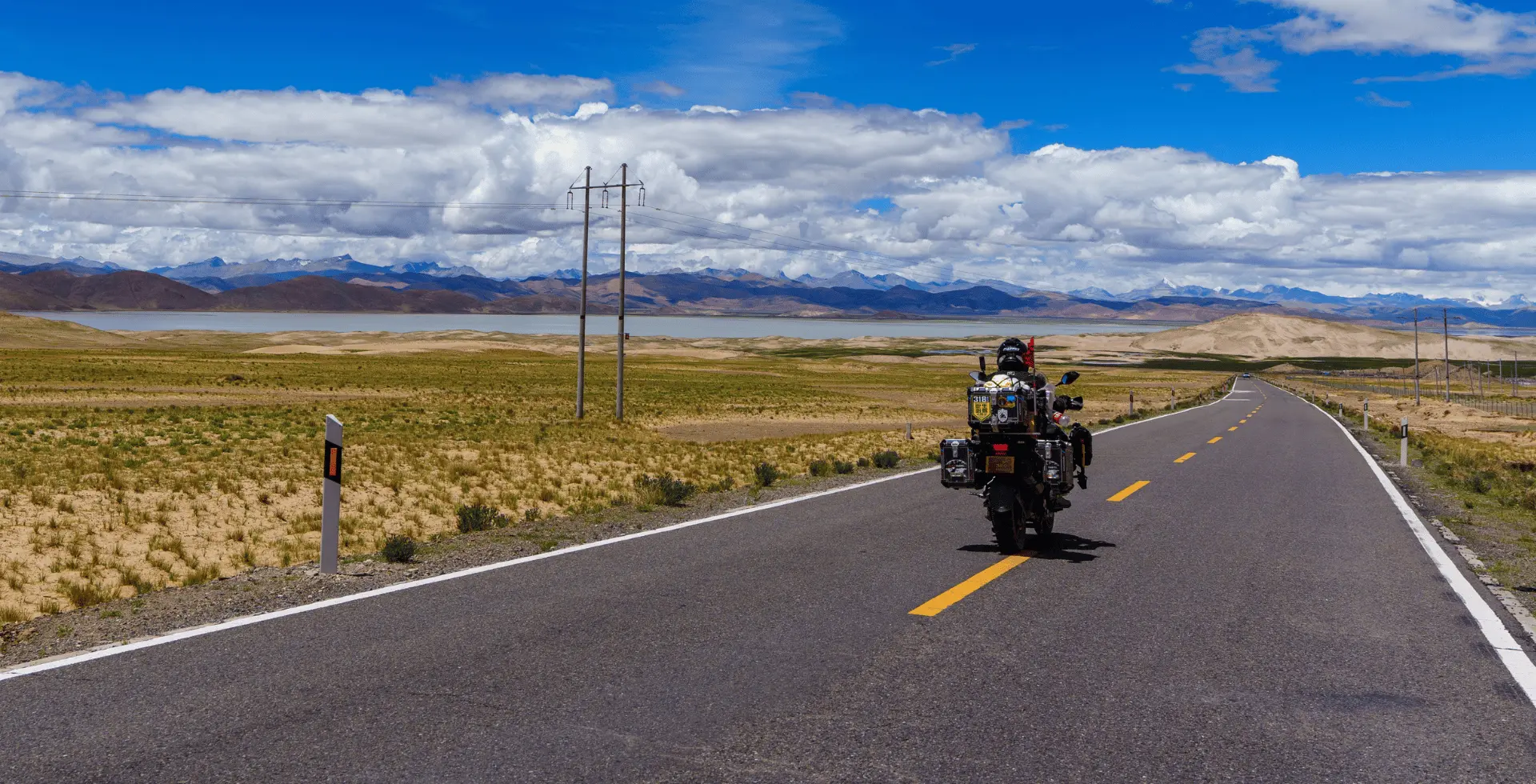
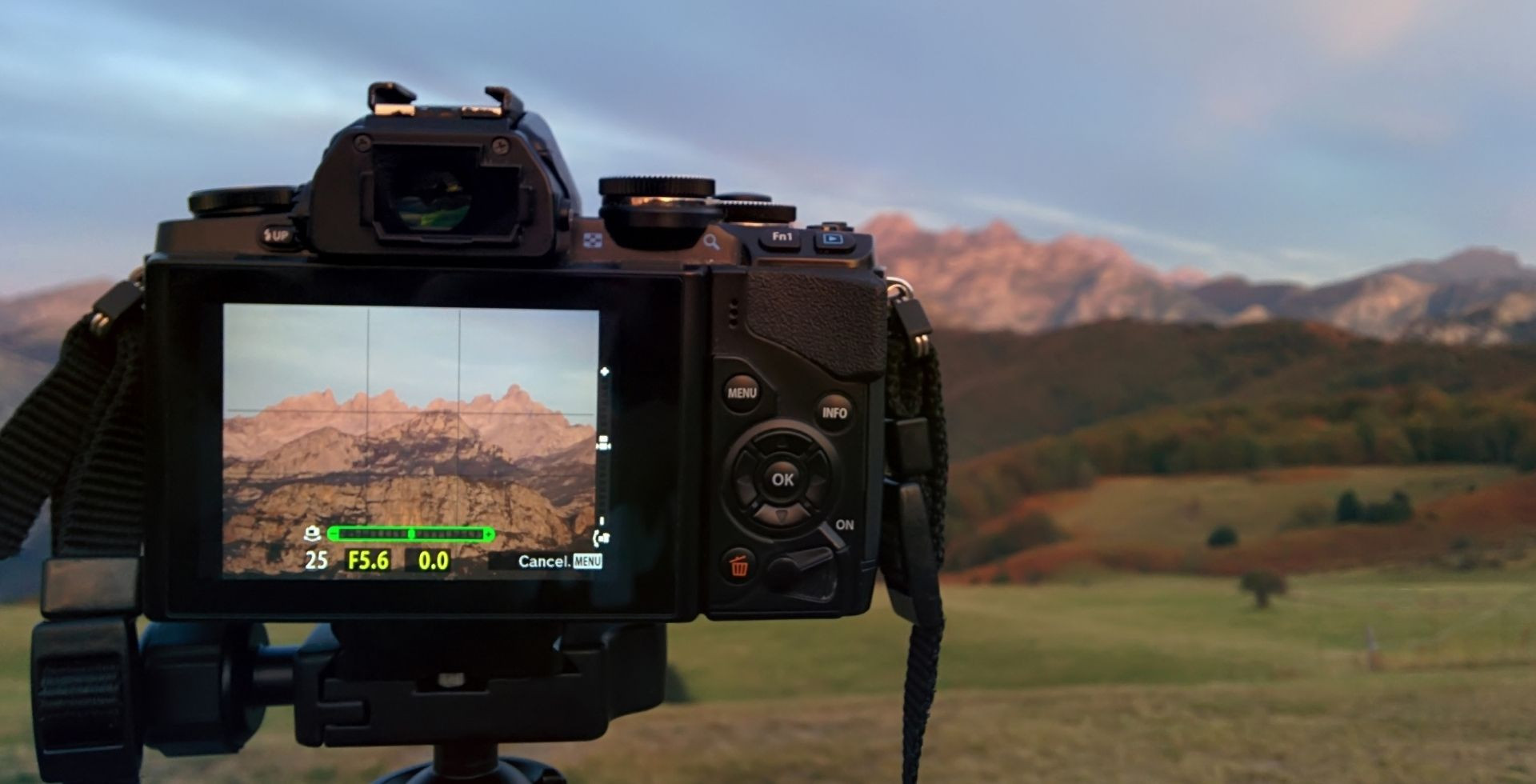
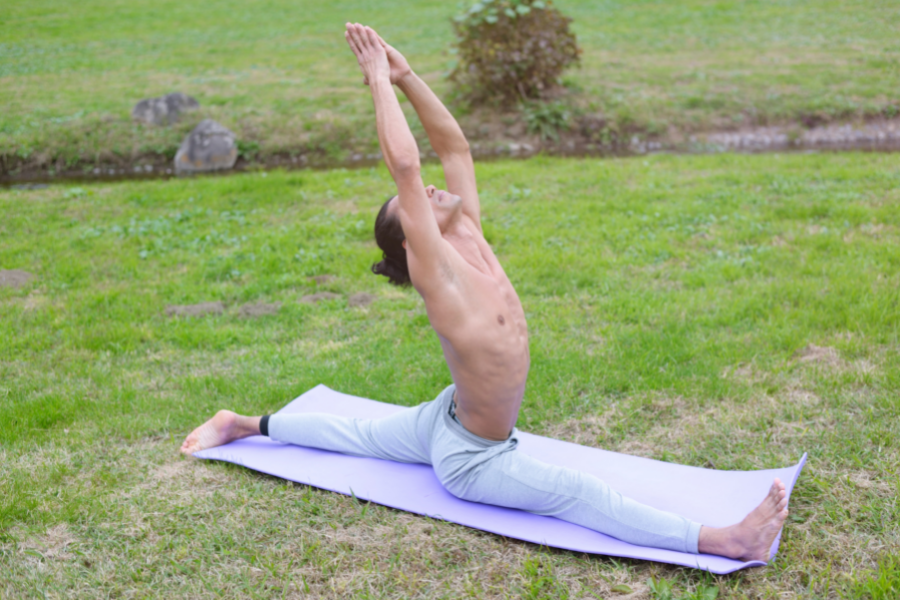
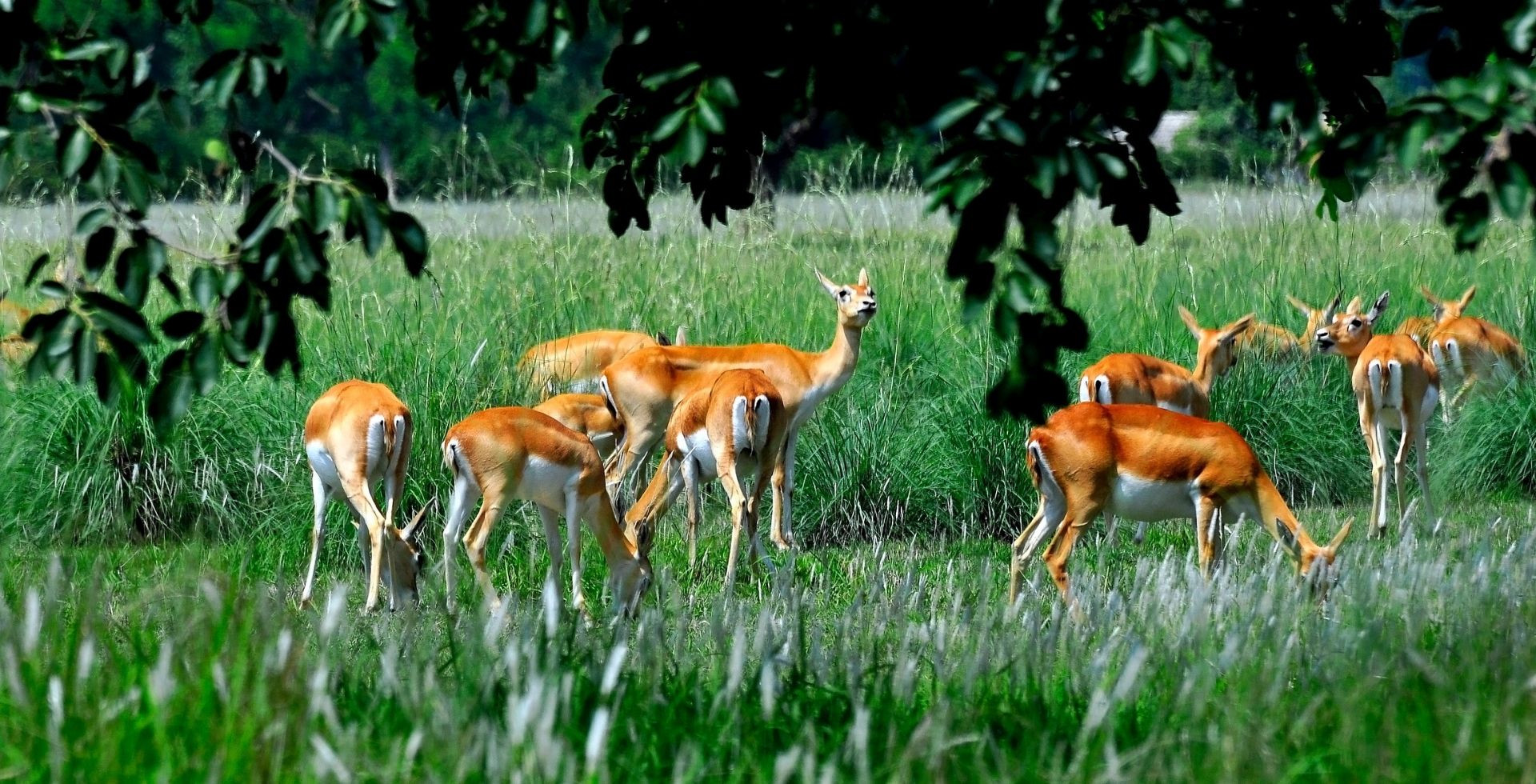
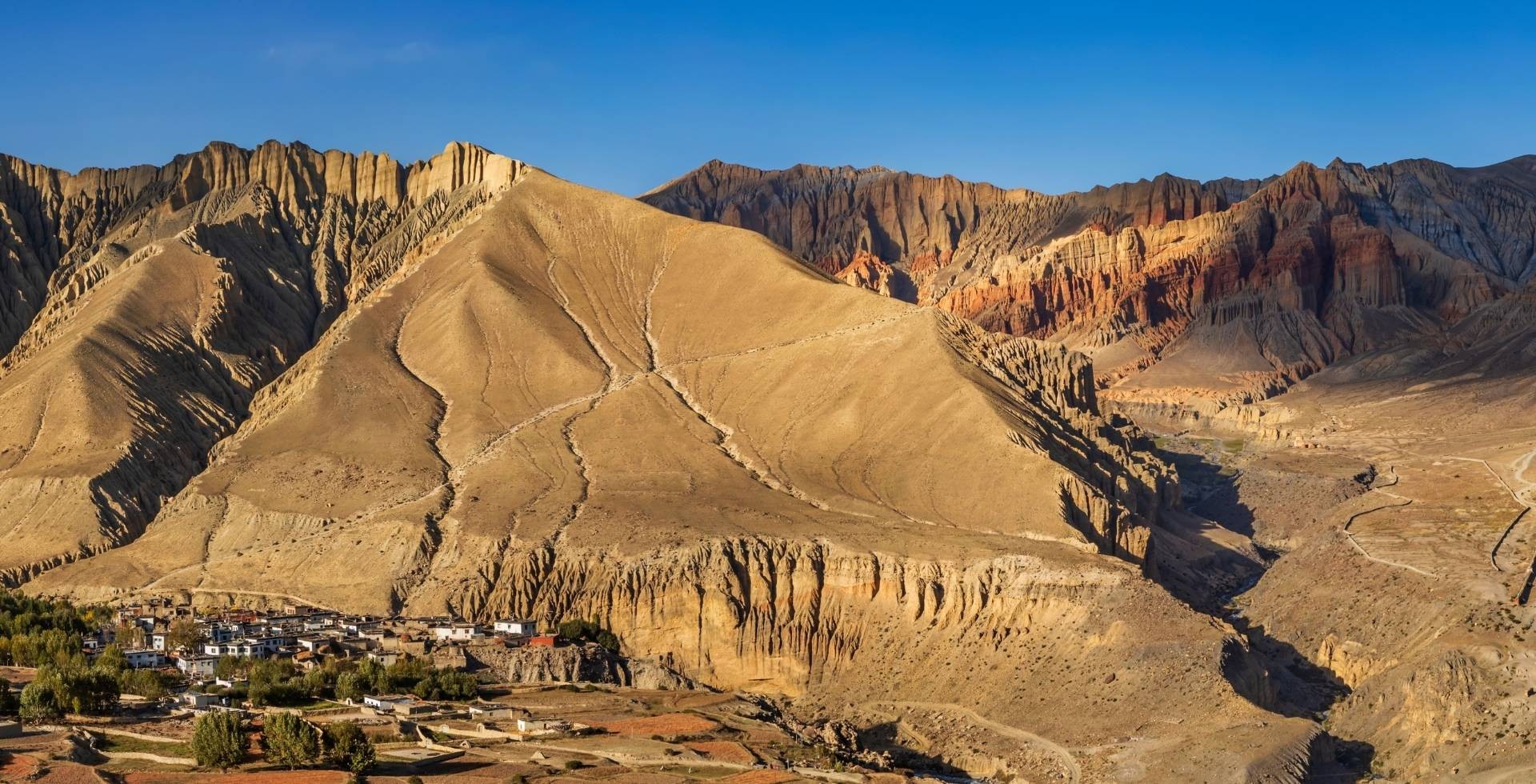

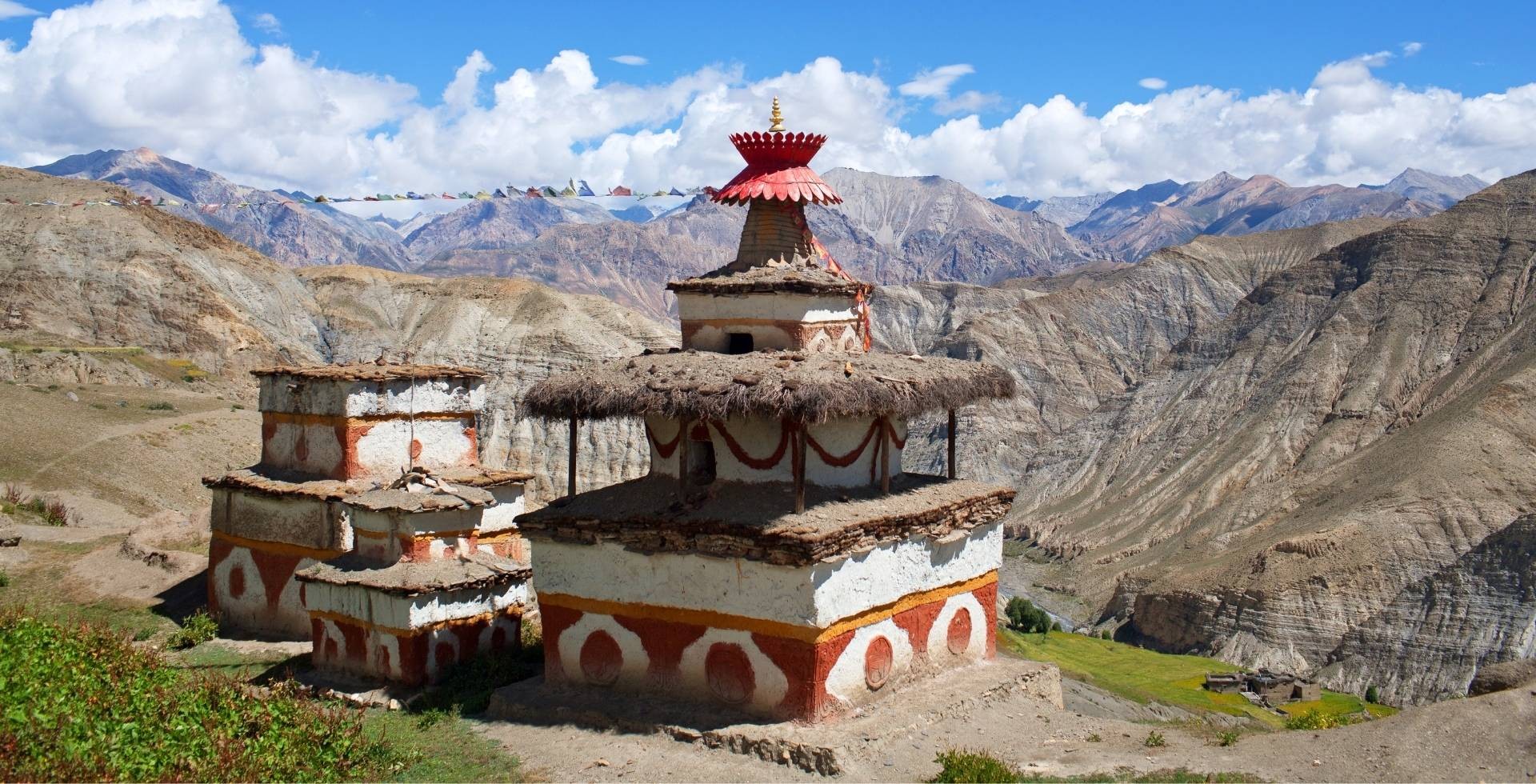
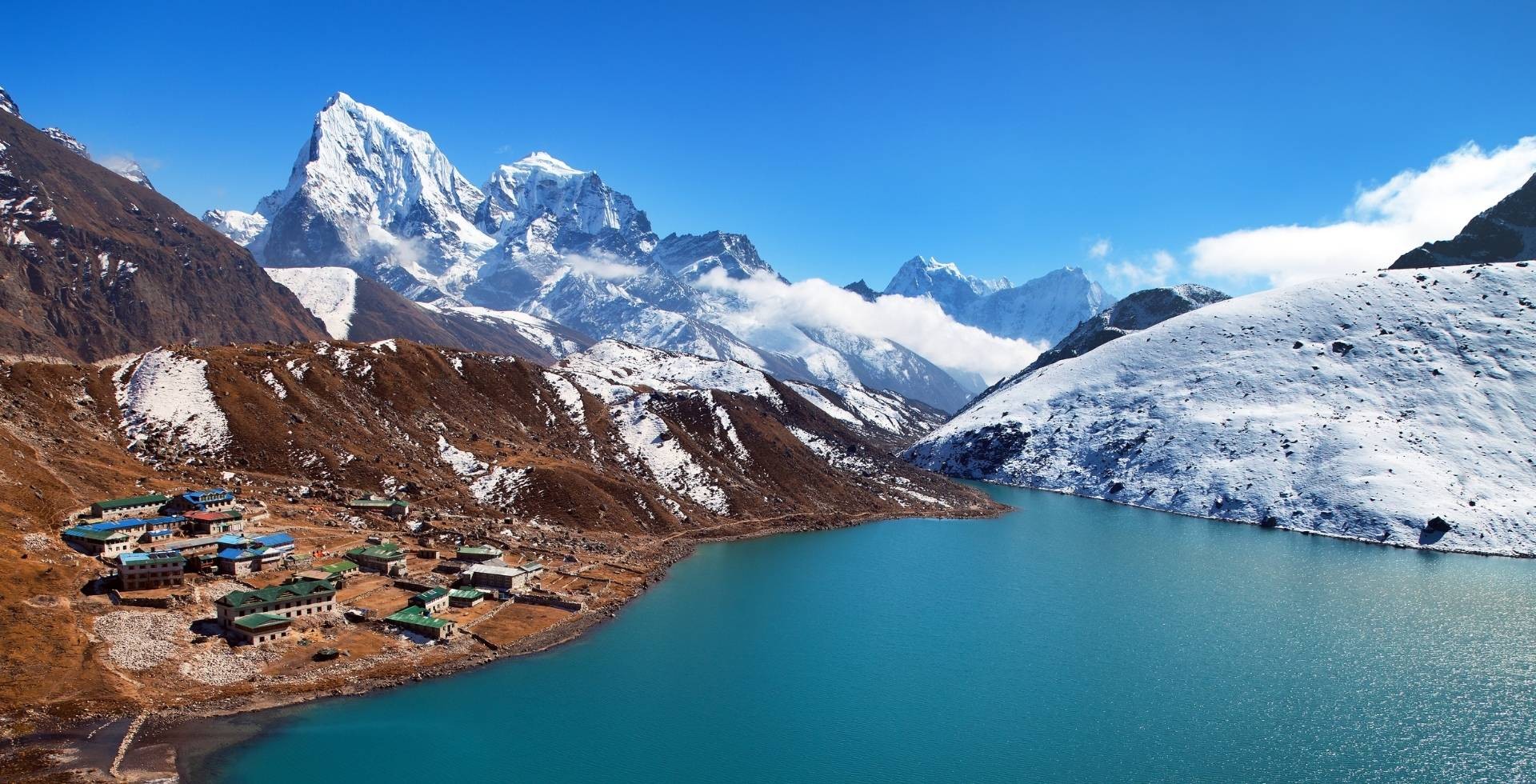

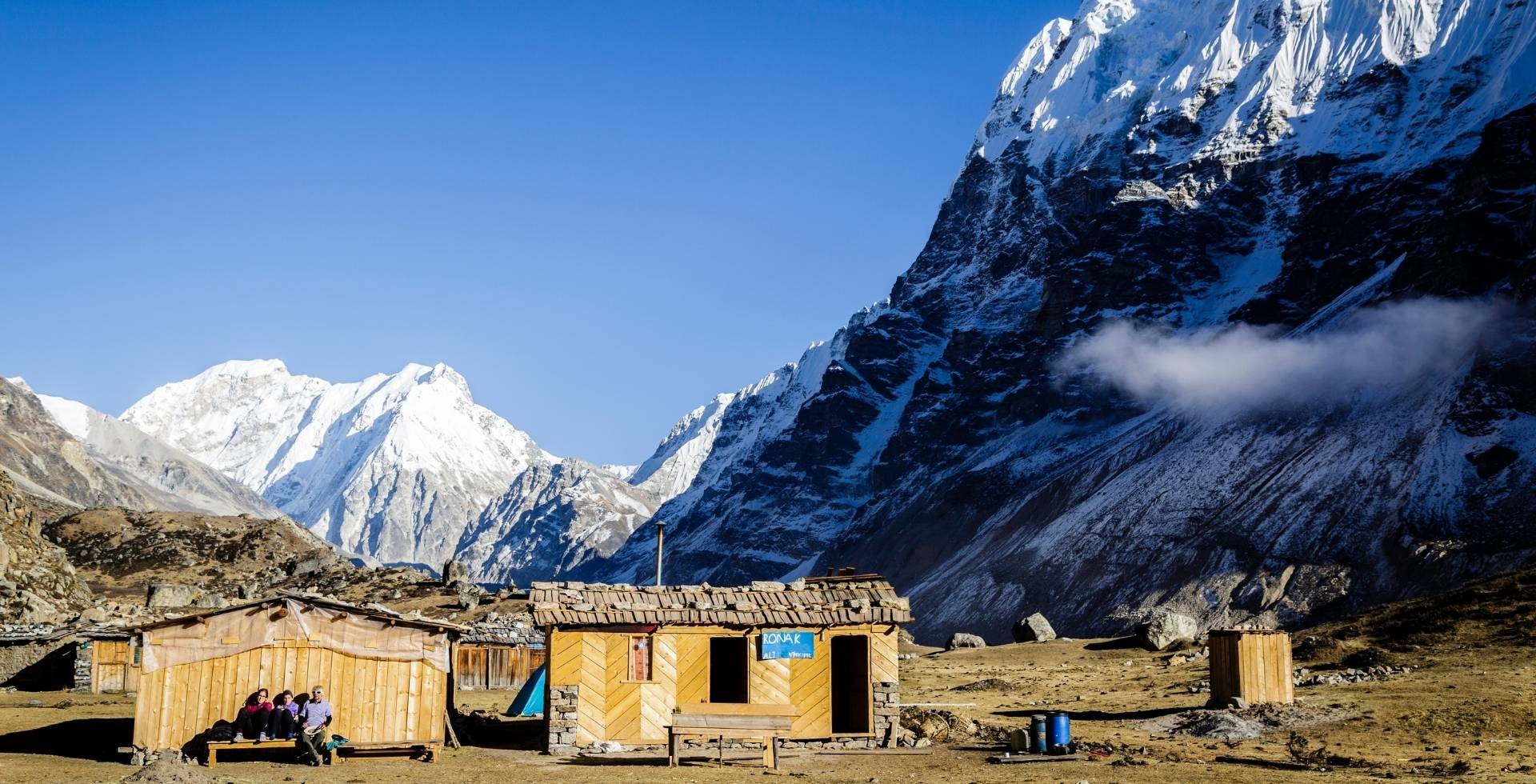
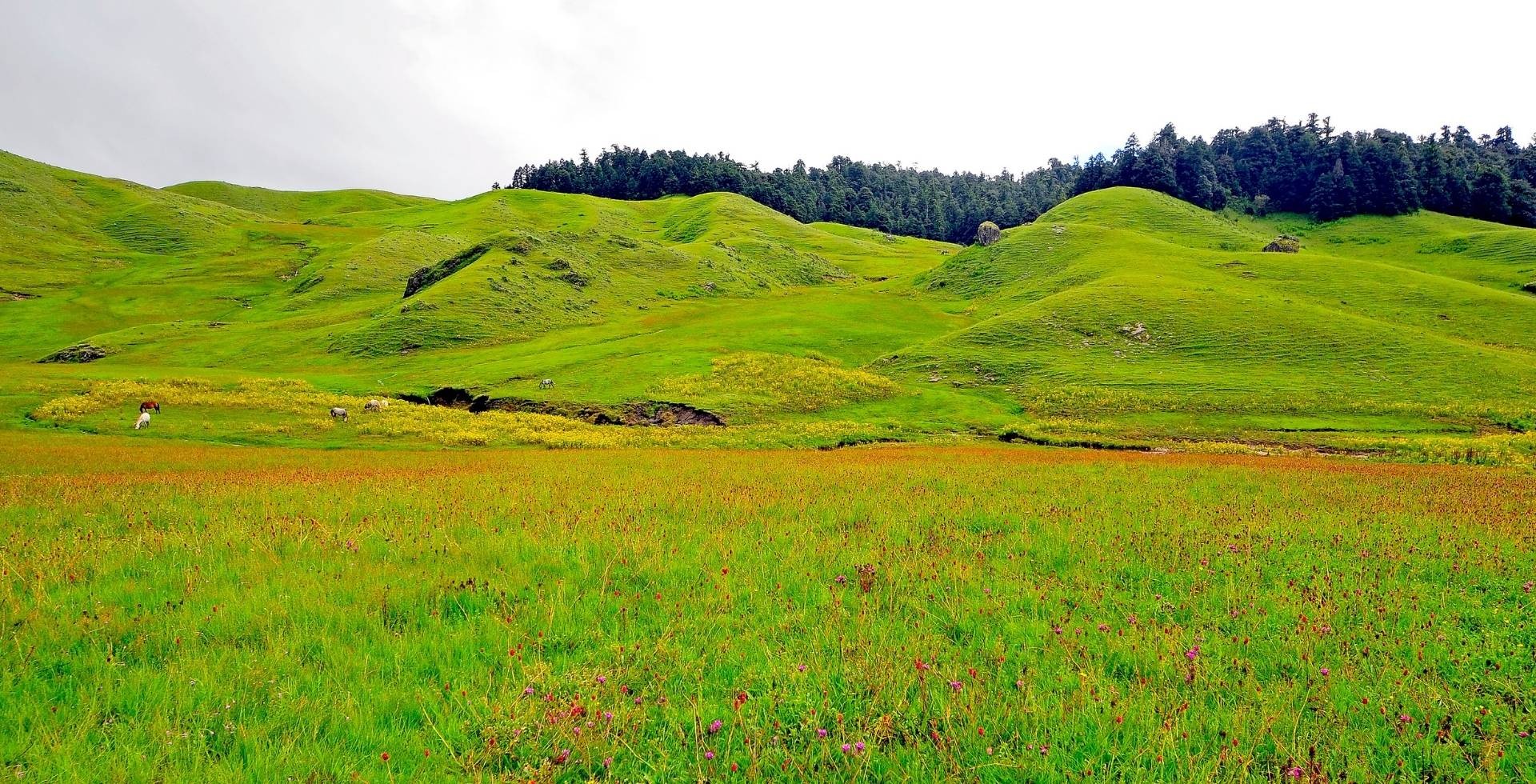
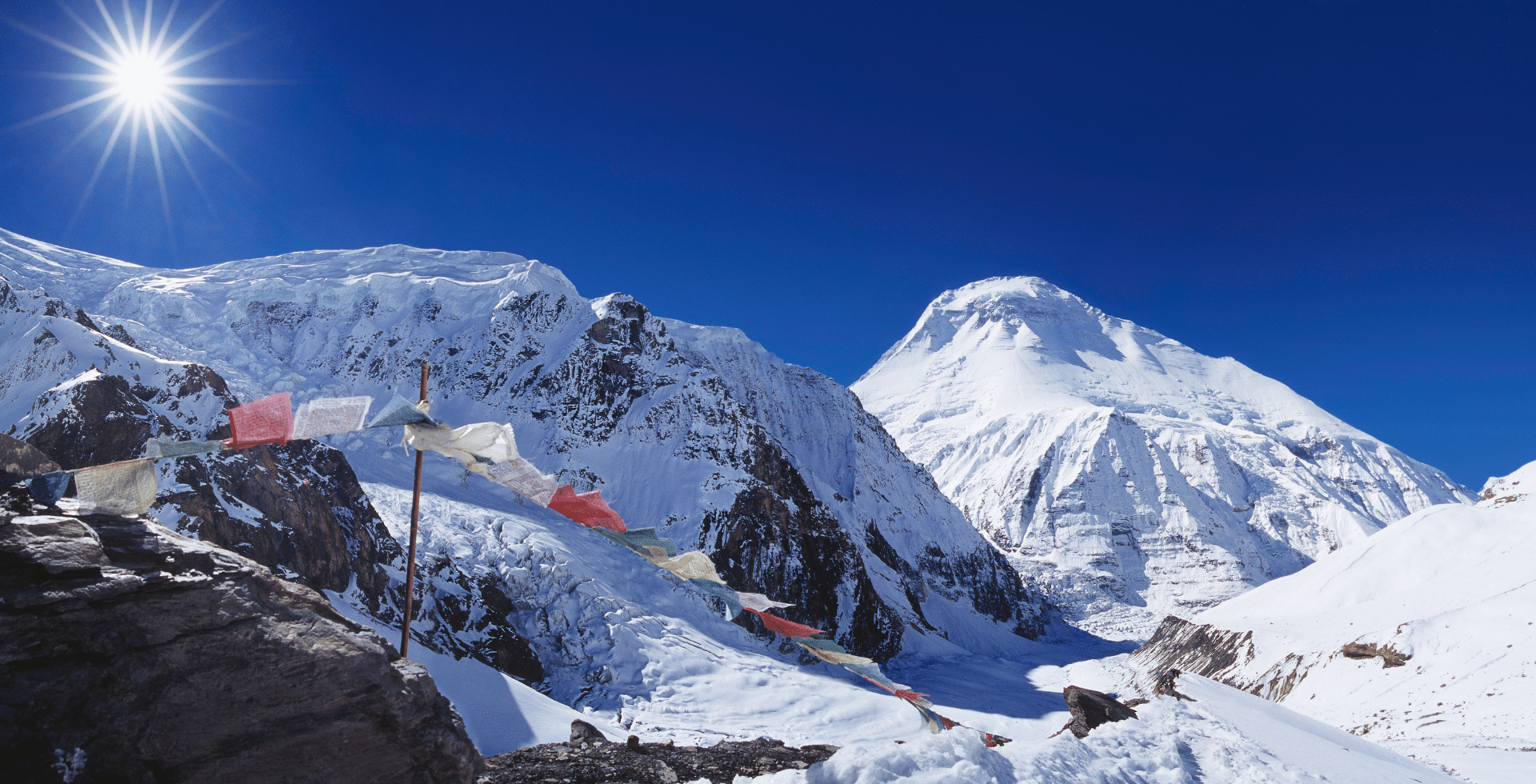

 Swostika Sapkota
Swostika Sapkota